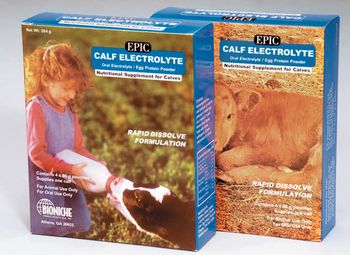
Bioniche Animal Health USA Inc. announced the introduction of EPIC Calf Electrolyte for young calves.

Bioniche Animal Health USA Inc. announced the introduction of EPIC Calf Electrolyte for young calves.

Recent research has shown that topical low-concentration (0.015%) triamcinolone acetonide spray is safe and effective for the treatment of allergic pruritus, including flea allergic dermatitis in dogs.

"Good veterinarians care about animals and people," says this internal medicine professor, author, and Woody Allen look-alike. "They never forget that attached to each animal is a person."

Purina introduces Pro Plan Selects, life-stage diets, natural dog food plus essential vitamins and minerals.

Las Vegas - He wants a unanimous decision.
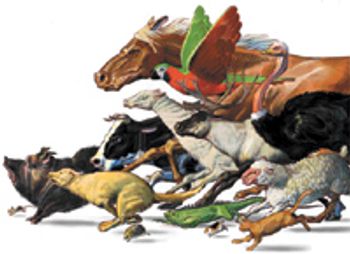
I gave him some ointment and a giant pair of sunglasses I had won at the fair.

The next time you feel low, consult this list to learn what others love about veterinary medicine-and let their joy inspire you.

Washington - Former Food and Drug Administration (FDA) Commissioner Lester M. Crawford, DVM, reportedly faces a criminal investigation by a federal grand jury over financial disclosure and sale of stock while in office.

LOUISVILLE, KY. - 06/01/06 - Emerging zoonotic disease episodes are on the rise, and with it comes added responsibilities for veterinarians.

Santa Monica, Calif. - California's registered veterinary technicians (RVT) are one step closer to holding license to perform small skin incisions to place intravascular catheters.
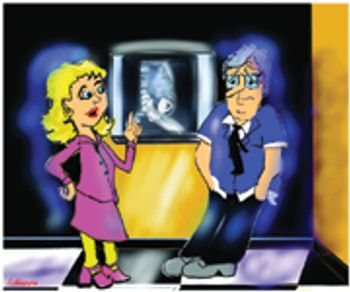
I found Mrs. Clueless anxiously awaiting my return to the exam room as I entered with the bad news.

Nashville, Tenn. - Tennessee livestock producers now can perform artificial insemination (AI) without a veterinarian's OK.

Cleveland - Never put off until tomorrow what you can do the day after tomorrow.

Schaumburg, Ill. - American Veterinary Medical Association delegates will face three resolutions calling on association leaders to curb non-budgeted association spending following criticism of disaster relief donations.
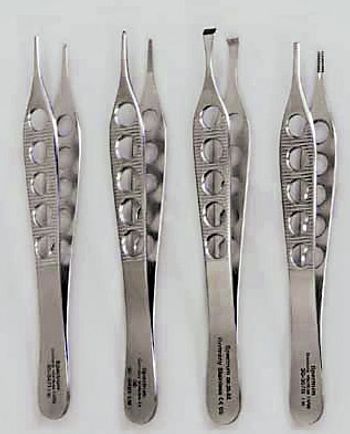
Spectrum Surgical Instruments introduces a line of lightweight tissue and dressing forceps.

Perq Focus 2006 letter approved

National Report - Several veterinary programs and other institutions in at least 14 states are jostling to host a new high-security government laboratory intended to research some of the world's most dangerous diseases.

Pfizer Animal health introduces Solitude IGR for fly prevention in equines.

Bayer Animal Health introduces Legend® (hyaluronate sodium), an FDA-approved intravenous equine joint therapy.

W. F. Young introduces a 30-day supply of Hooflex Plus, pelleted hoof supplement in a resealable bag.

FlavorTek introduces Flavor-Doh to help administer pills in dogs.

In my experience, metaldehyde toxicosis is one of the most common toxicoses in dogs.

Wedgewood Pharmacy introduces Pimobendan capsules.
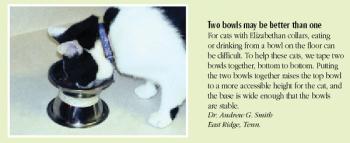
For cats with Elizabethan collars, eating or drinking from a bowl on the floor can be difficult.

Schaumburg, Ill. - The American Veterinary Medical Association wants no part of any signed pact with the Human Society of the United States - even when endorsing mutually supported initiatives.

Here's a quick sample of the type of compliments you can offer to bring a smile to your team members' faces

The Snowycycle cart was created to help rehabilitate pets by preventing atrophying while building and restoring muscle mass.

Harrisburg, Pa.- Pennsylvania lawmakers are considering tough legislation mandating drug-risk disclosure and prescreening animals prior to pharmaceutical use if recommended by a drug maker.

RMCards.com introduces direct mailing full-color reminders to clients from veterinary offices.